Description
CreGAAtine® is a new and innovative ingredient combining creatine monohydrate and guanidinoacetic acid (GAA). We can break this ingredient down into two separate parts and summarize how the combination of these two compounds works together to produce desired results.
Creatine Monohydrate
Sometimes called the “grandfather” of dietary supplements, creatine is, along with caffeine, one of the most extensively studied dietary compounds. Certainly, it is the most well-studied ergogenic aid. The extensive amount of data on creatine demonstrates that it positively contributes to dilation of the vasculature, plasma-nutrient mobilization, post-workout nitrogen retention and protein synthesis, along with dose-dependently increasing contractile force through ATP (adenosine triphosphate) provision (i.e., it helps support increased strength).
If the human body could be considered a bank account, then ATP would be the currency, and every cellular process would be like spending a little money from that account. Without making a deposit, the account runs dry (fatigue). Unfortunately, making a direct deposit to that account in the form of exogenous adenosine triphosphate is impossible, given that ATP itself is incredibly unstable. The use of supplemental creatine, however, is analogous to making a deposit in the body’s energy bank, given that creatine is eventually metabolized to ATP via several steps. In skeletal muscle, creatine is first phosphorylated into its primary derivative, known as phosphocreatine (PCr), by the muscle-specific creatine kinase, creatine kinase-MB (muscle-brain). Following the phosphorylation of creatine, phosphocreatine may then anaerobically donate a phosphate molecule to adenosine diphosphate (ADP) to form the ATP required during the initial stages of intense muscular contraction. The result is not only an increase in contractile force, but also an increase in potential type IIx (‘fast-twitch’) muscle recruitment – the type of muscle fibers which are not only traditionally associated with speed, strength, and impressive physiques, but which are also unsurprisingly the most energy-demanding fiber types. Literally speaking, creatine contributes to the building of muscle.
Through the ATP provision just described, as well as effects on nutrient mobilization, protein-sparing, and fluid dynamics, creatine has been consistently demonstrated to increase both lean mass and muscle mass in clinical data. In the short-term, these effects are most likely the result of extra-cellular fluid retention normally associated with exogenous creatine use. In the long term, these effects are likely attributable to creatine’s collective effect on muscle metabolism. The most recent research on creatine suggests it exerts direct effects on muscle metabolism, including altering the expression of genes responsible for ribosomal assembly, attenuating the breakdown of leucine, and most famously, by expanding cell volume.
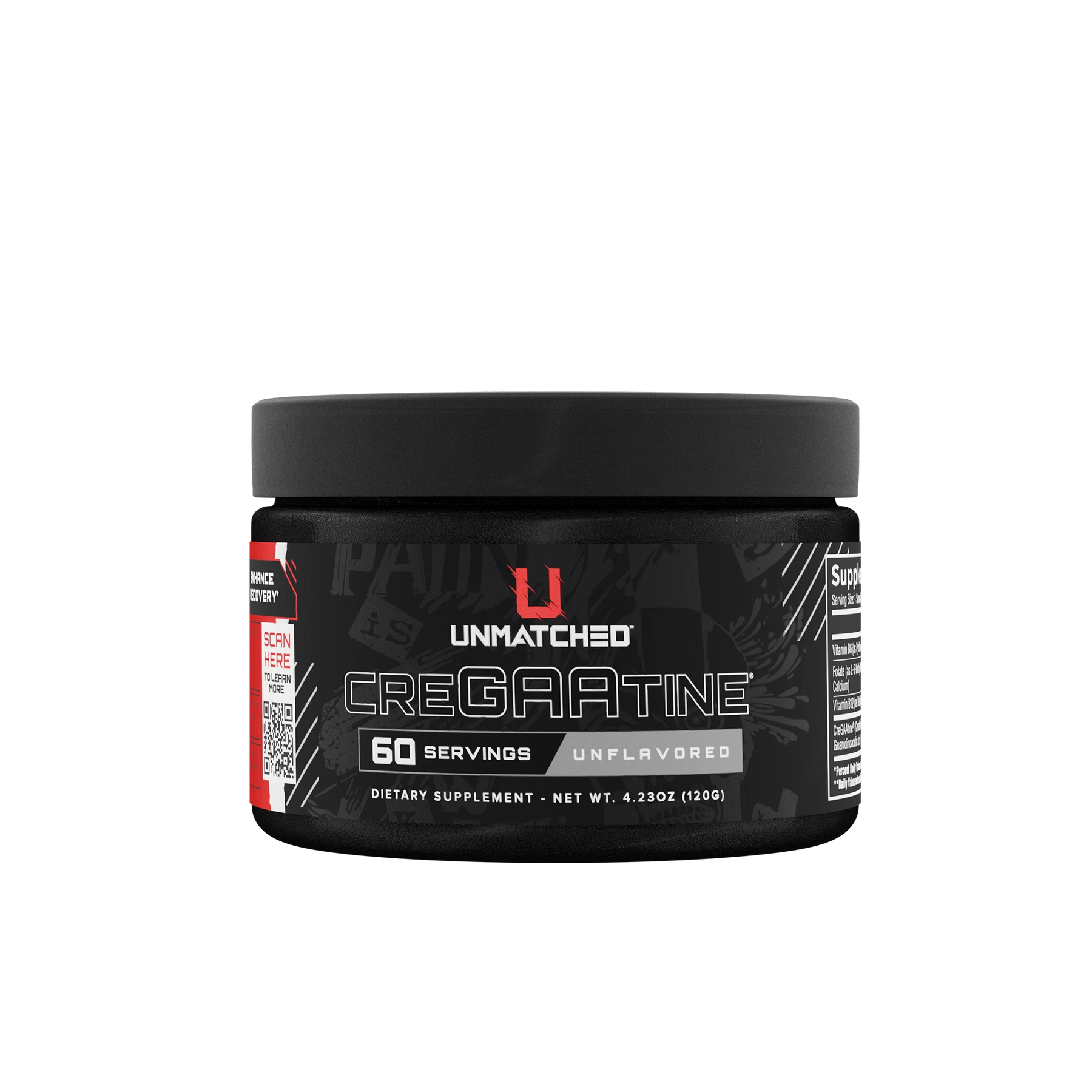
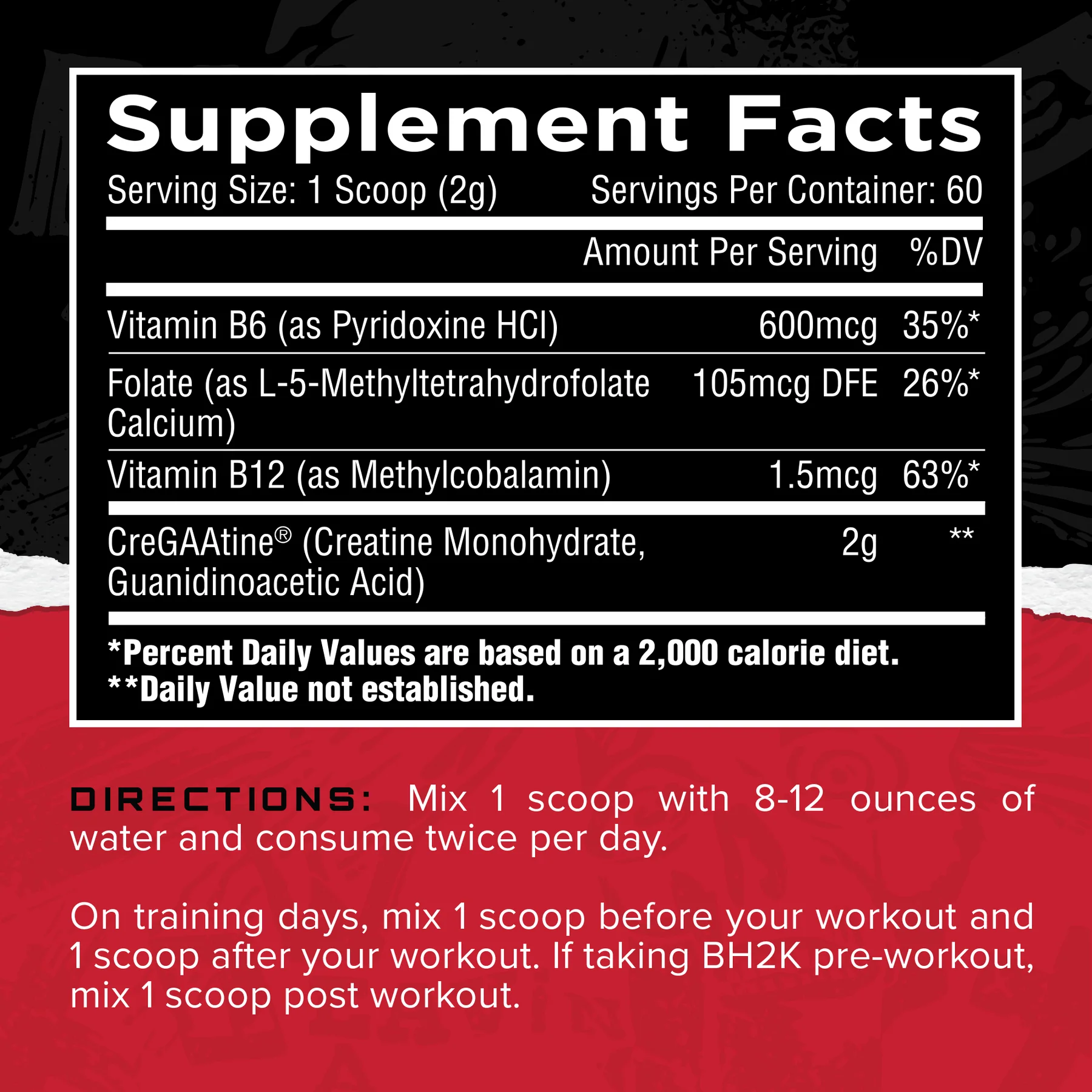

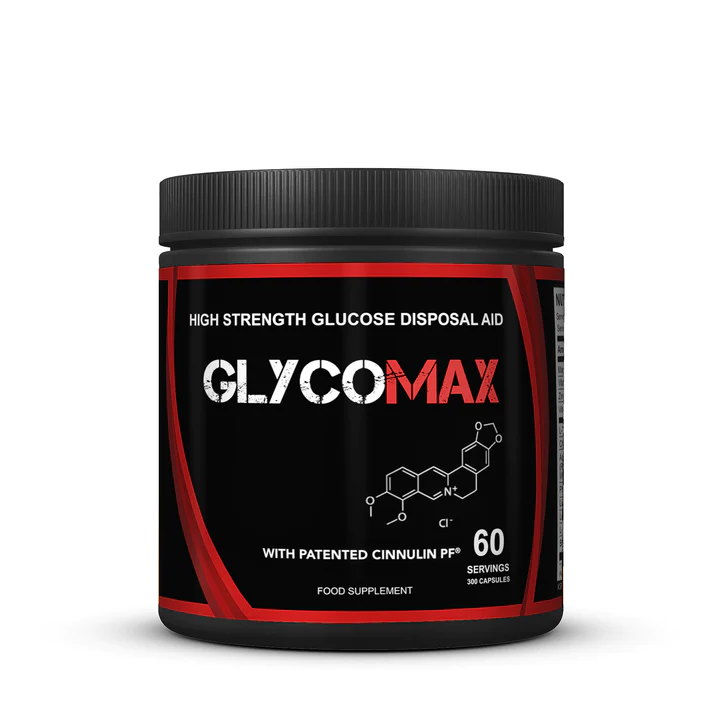
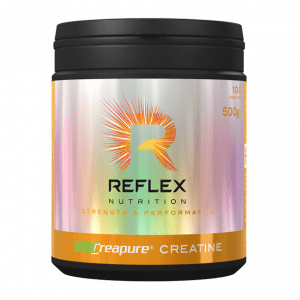

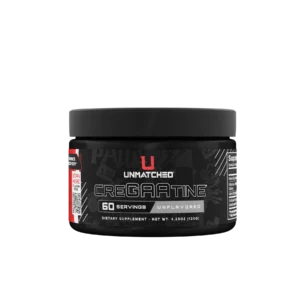
Reviews
There are no reviews yet.